Your cat is all over the place — knocking flower pots off the shelf, clawing the furniture, making “art” with the toilet paper, and destroying everything you hold dear. “Whiskers, no!”, you yell, but Whiskers doesn’t listen. Whiskers looks at you while carrying on with the shenanigans. You reach for your smartphone and type something along the lines of “cat destroying my house”. Fortunately, there’s a solution for just about any situation when it comes to preventing pet damage.
Both cats and dogs are inquisitive creatures, and it is in their nature to explore and interact with their surroundings. Much to the dismay of the owners, however, household items can sometimes fall victim to this natural behavior. But there’s nothing a few proven tips can’t solve. Taking these measures into consideration will allow you to prevent your furry companion from unleashing chaos.
Keep Risky Items out of Reach
Inquisitive pets — especially young ones — can easily come across items such as tweezers, scissors, jewelry, and medication. Storing these away in drawers can prevent the furry little rascals from chewing on them and possibly getting injured. While it’s important to give your pets the space to explore, you might want to make sure they don’t discover things that can pose a hazard. Remember to be mindful of areas like sideboards, nightstands, and trash cans. Also, make sure to keep high-risk items such as fragile vases out of reach at all times.
Have One Litter Box Per Cat
If you have more than one cat, consider providing a litter box for each. A cat that is bullying the other might claim the litter box and prevent them from using it. If this scenario sounds familiar, try placing the litter boxes in different rooms; the dominant cat surely can’t have eyes on both boxes at the same time. You might also want to keep the boxes in relatively secluded areas since cats normally prefer to do their business in privacy — which is understandable because so do we. Also, make sure the box is big enough for your feline companions so that they don’t leave a mess around the place as they try to bury their droppings.
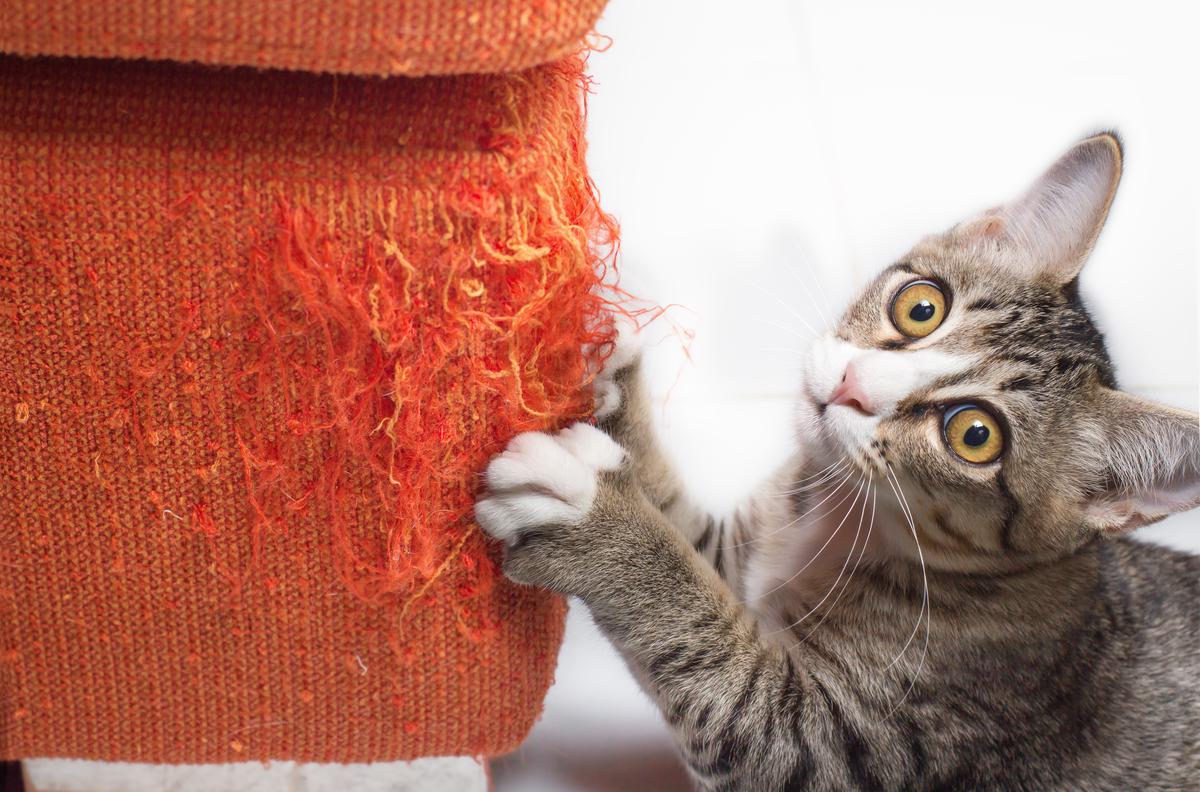
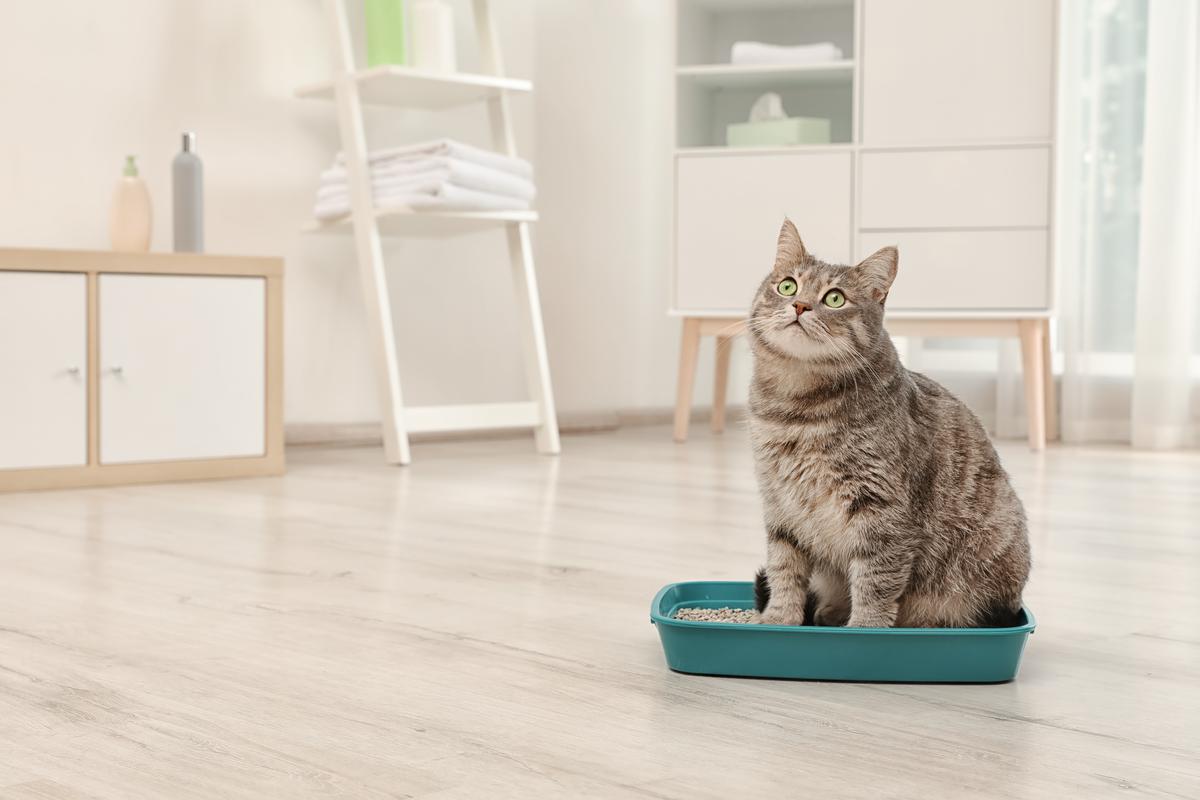
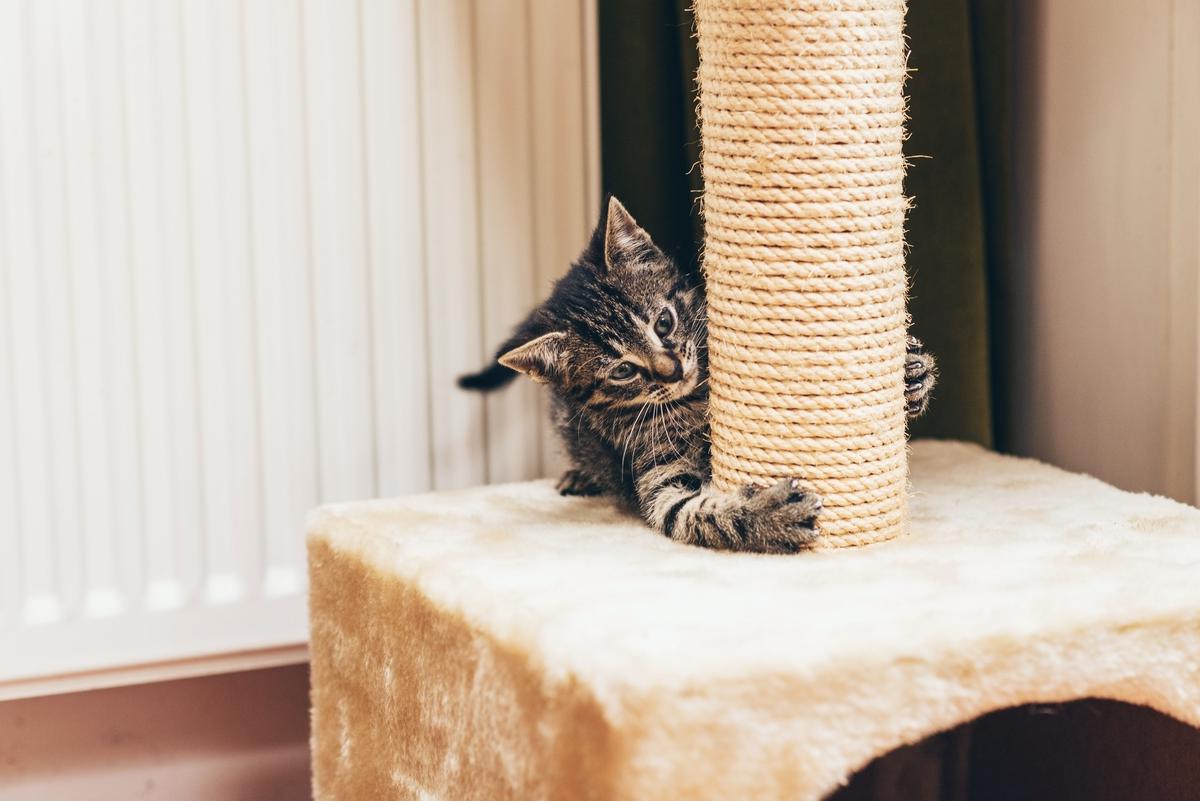
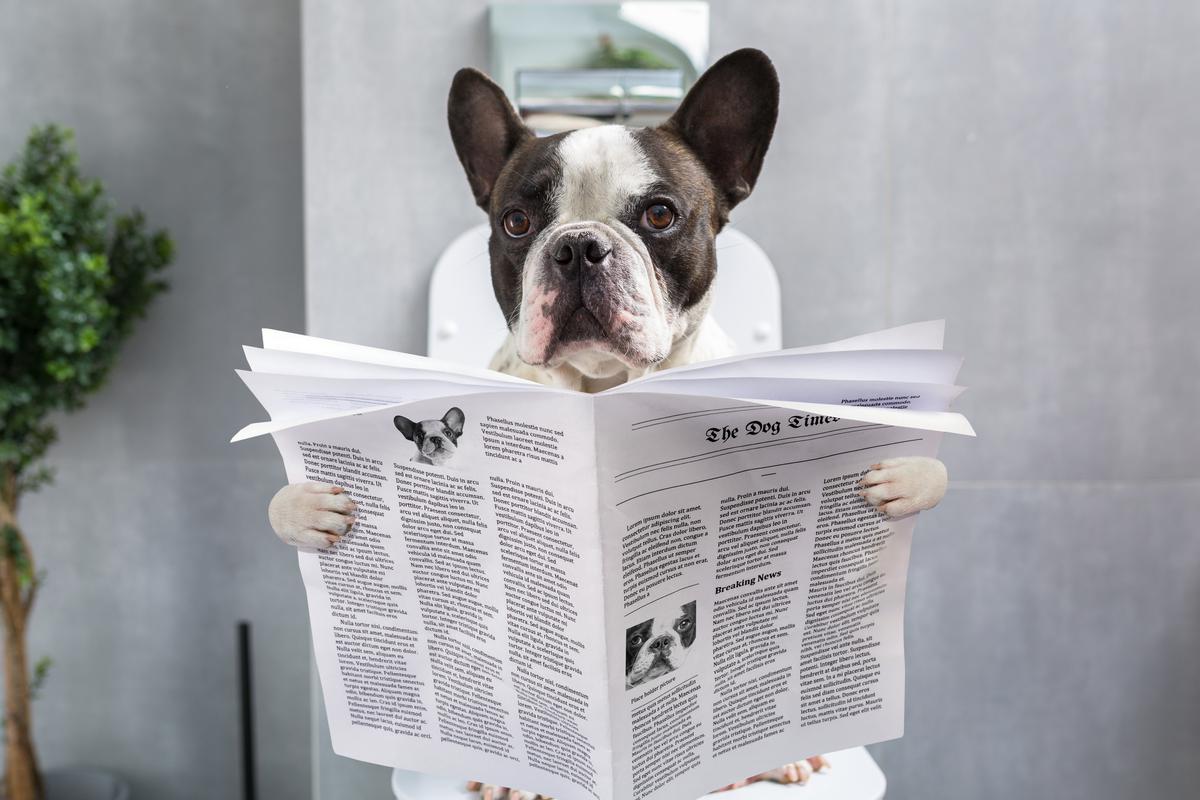
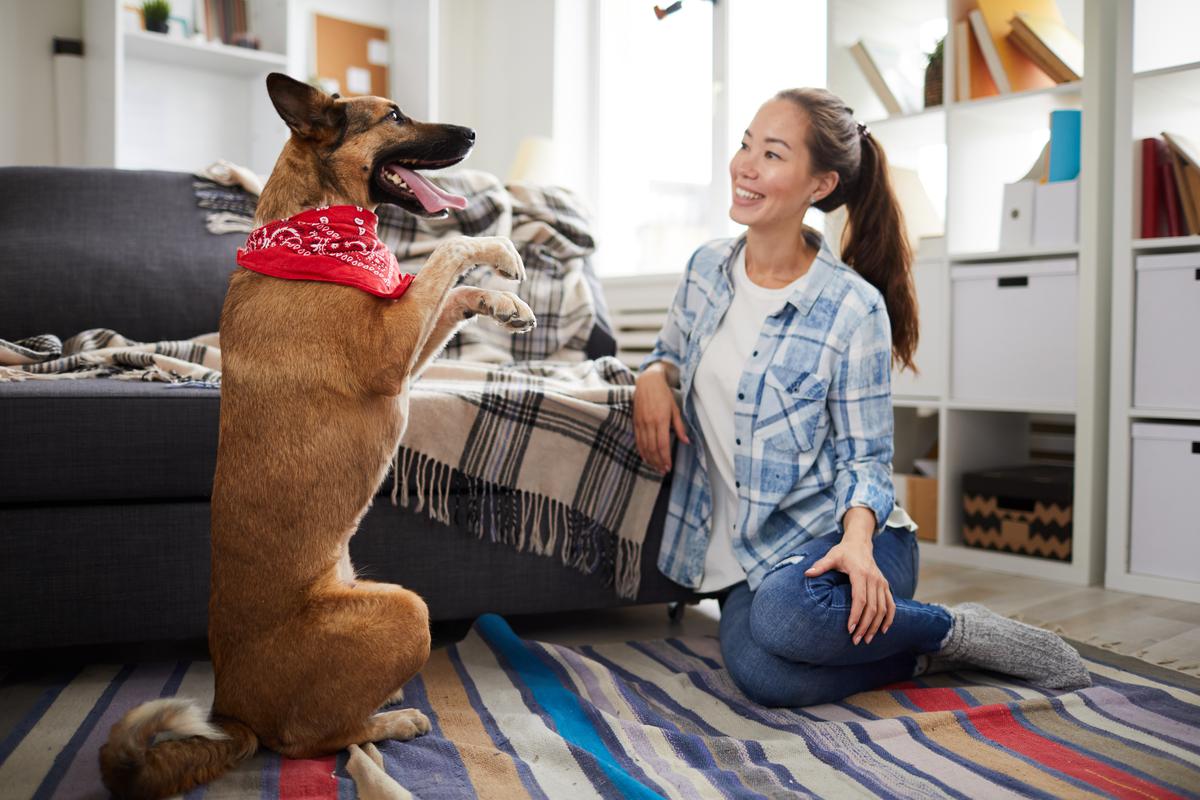
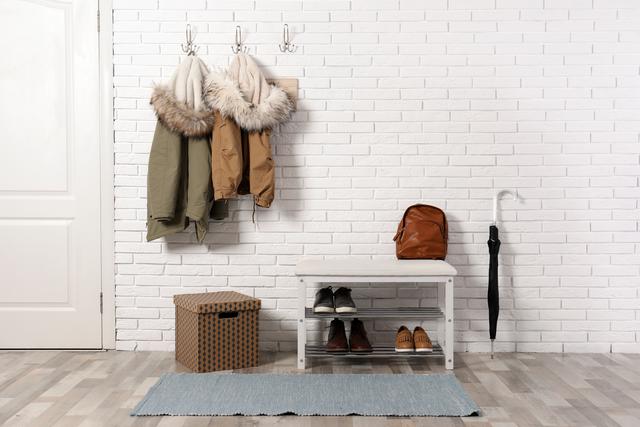
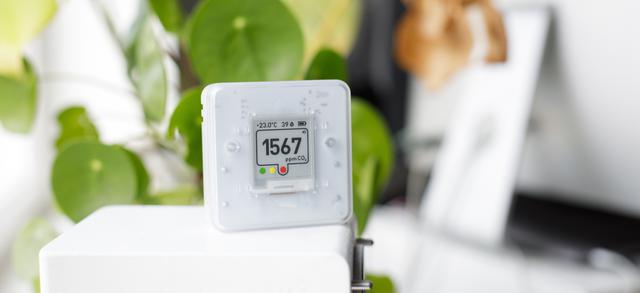
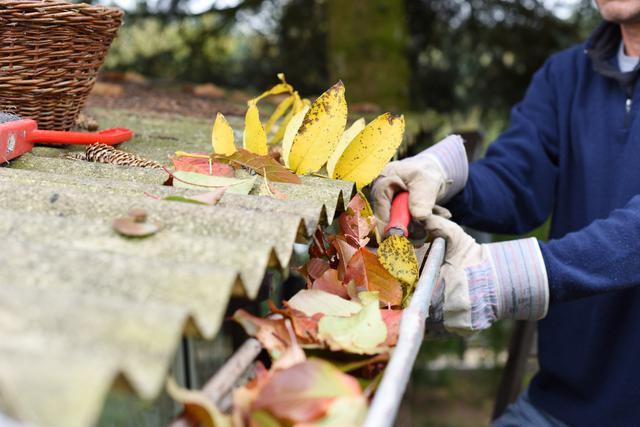

comments